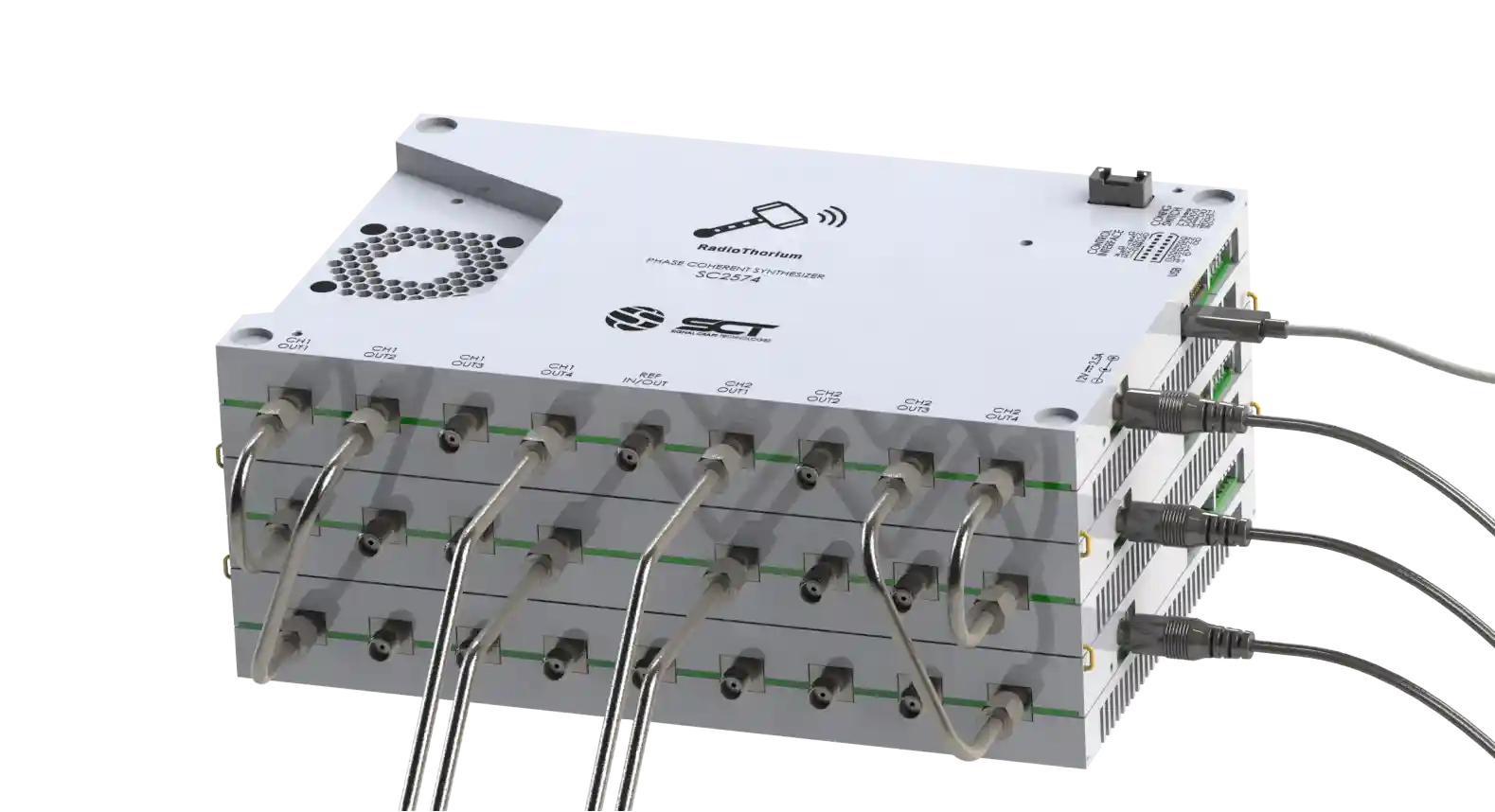Access to broadband internet service is an essential economical and social element in developed and developing countries. Expectations for the minimal service throughput continue to rise, and customers commonly expect throughput capability from 100s of megabits/sec up to a gigabit/sec.
Recognizing the challenge to provide universal access and the limitations of hard-wired media such as cable and fiber, countries around the world have begun to allocate spectrum that can be efficiently used for mobile and fixed wireless access. Millimeter wave bands at 24.25 GHz and above are the new frontier, where wide slices of spectrum can be allocated without conflict to existing services.
Millimeter wave spectrum is a good choice for dual-use, mobile and fixed wireless access (FWA), due not only to the wide bandwidth available, but also for other physical properties of the frequencies. Because of the short RF wavelength, beamforming antennas can be constructed that are small, with high gain and directivity. Best of all, they are low cost, since they can be fabricated right on the RF module circuit board. Utilization of narrow radiation patterns enables long link distances and maximizes spatial frequency reuse due to low off-axis radiation.

Related Content

PE562212 – Smallest, Fully Integrated RF-SOI FEM from pSemi
The PE562212 is a high-performance, fully integrated FEM designed for Thread and Zigbee® applications as well as Bluetooth® (including Bluetooth Low Energy).

RadioThorium & RadioOxygen
RadioThorium is a frequency converter that operates within the ranges of 6–26 GHz and 24–44 GHz. It can seamlessly integrate with RadioOxygen, a synthesizer, to create a complete mmWave system.

IMS 2024
The IMS 2024 Event, one of the biggest events dedicated to all things microwaves and RF, took place in Washington, DC.